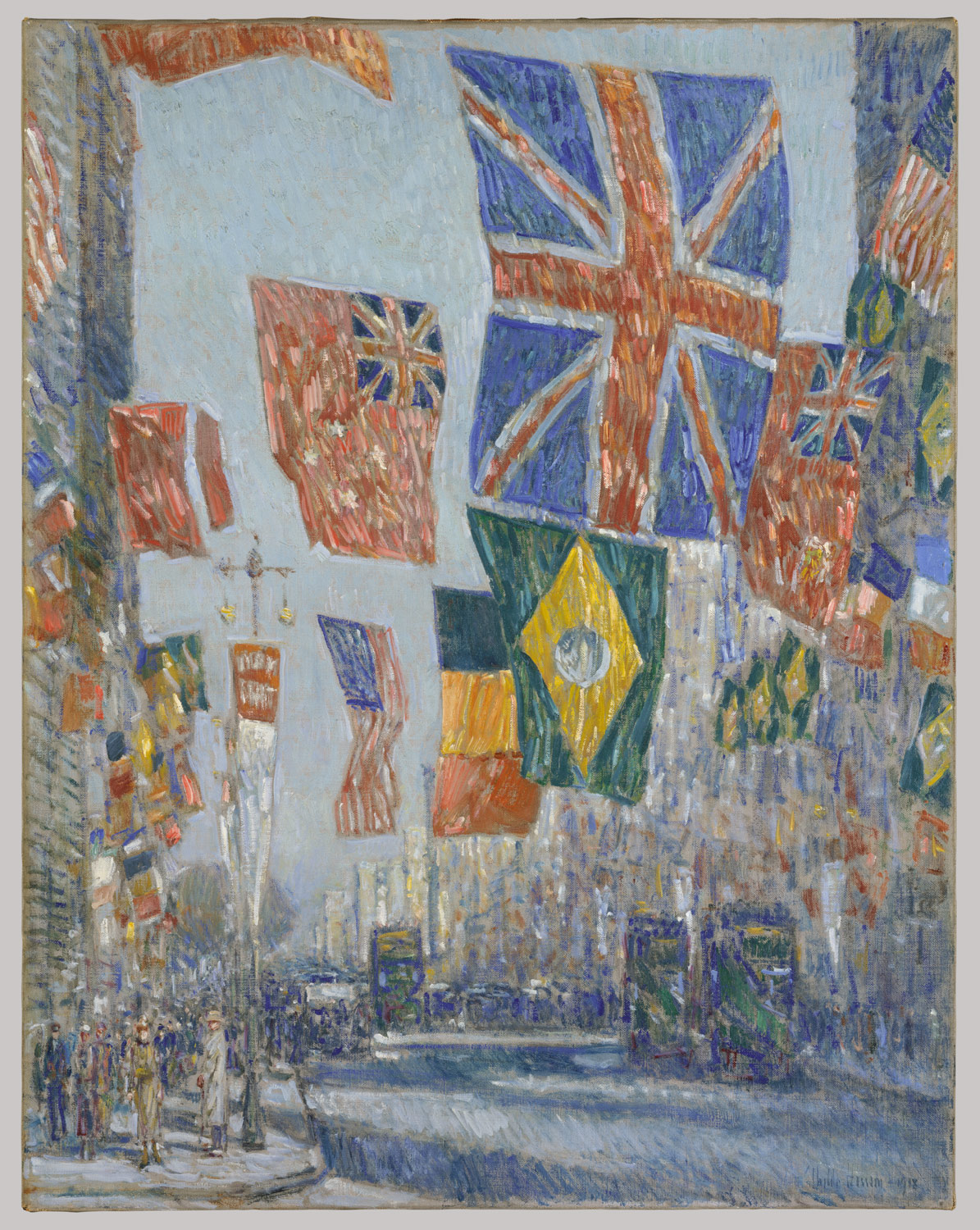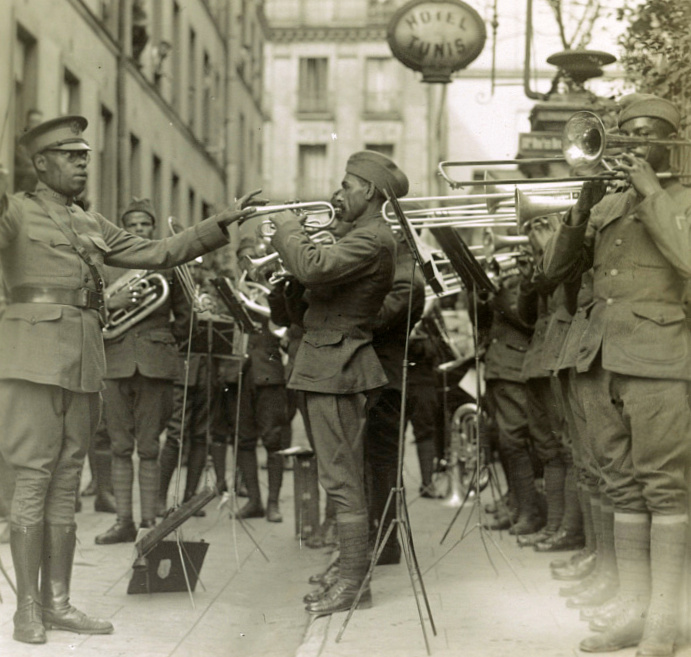After the War, American intelligence officers combed through interrogation records and intercepted letters to compile a report about what Germans thought of their former enemies.
The document, titled “Candid Comment on The American Soldier of 1917-1918 and Kindred Topics by The Germans,” included comments from soldiers, priests, women, village notables, politicians and statesmen. Here are some highlights from the report:




